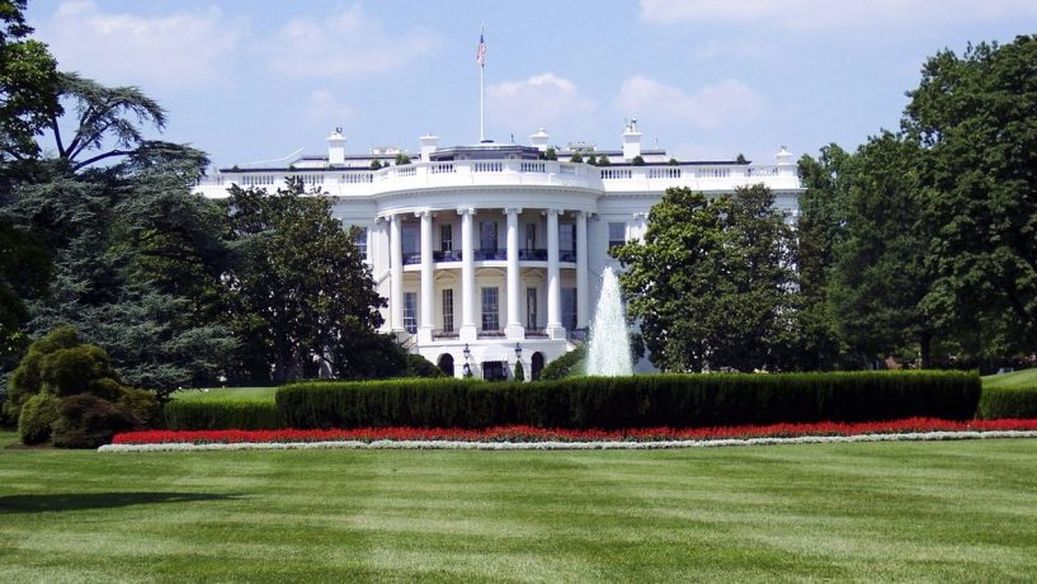Anti-Fraud Provisions in New AHP Regulation

The new regulation on association health plans (AHPs) incorporates multiple measures to discourage fraud, mismanagement, and other activity that could jeopardize the proper operation of the plan. The below outline covers the major tactics employed by the regulation to promote the sound plan governance.
Employer Control of Associations
An association is a group of employers (potentially including the self employed) who formally belong to the association as members. In order to promote the interests of the employers, an association health insurance plan must be controlled in both form and substance by the employers belonging to the association, including “working owners” who are simultaneously employers belonging to the association and employees participating in the health coverage. While employers are not required to oversee the day-to-day operations (e.g. administration, marketing, etc.) of the health plan, they are required to meaningfully control not only the operators of the health plan but also have the ability to influence major decisions of the health plan such as authorizing or rejecting proposals on issues such as benefit designs and costs. This control requirement leverages the self-interest of the employers to discourage organizational malfeasance.
The Department of Labor has stated in the regulation, “…the Department will consider all relevant facts and circumstances in determining whether the functions and activities of the group or association are sufficiently controlled by its employer members, and whether the employer members who participate in the group or association’s group health plan sufficiently control the group health plan. In the Department’s view, the following factors, although not exclusive, are particularly relevant for this analysis: (1) Whether employer members regularly nominate and elect directors, officers, trustees, or other similar persons that constitute the governing body or authority of the employer group or association and plan; (2) whether employer members have authority to remove any such director, officer, trustees, or other similar person with or without cause; and (3) whether employer members that participate in the plan have the authority and opportunity to approve or veto decisions or activities which relate to the formation, design, amendment, and termination of the plan, for example, material amendments to the plan, including changes in coverage, benefits, and premiums. The Department ordinarily will consider sufficient control to be established if these three conditions are met.”
Employee Participation
As was the case in the employer control requirement, the Department of Labor leverages employer self-interest in the plan participation obligation: Each employer within an association sponsoring health coverage must have at least one employee participating in that coverage. Thus, the operation of the health plan has a direct effect upon each employer belonging to the association governing the health plan.
State Regulation
The new association health plan regulation preserves states’ ability to regulate fully-insured and self-insured AHPs. However, the Department does acknowledge that “ERISA section 514(b)(6) provides a potential future mechanism for preempting state insurance laws that go too far in regulating non-fully-insured AHPs in ways that interfere with the important policy goals advanced by this final rule.” With that said, there is no mention in the new regulation of current conflict with existing state regulation.
Prohibition on Insurance Company Control
Insurance companies and related entities (e.g. insurance agencies or brokerages) cannot control an association or own the association. This applies equally to the company itself or a subsidiary of the insurance company. Insurance issuers can only participate in an association if they join the association as a member employer that will offer the association health insurance to their own employees. The prohibition on insurance companies (and related entities) from controlling AHPs stems from the possibility that they may have a conflict of interest that would influence plan decisions in their favor and not the favor of health plan participants.
Consequently, an insurance company, broker, or agency cannot create an association and profit by selling association insurance to other entities. The same prohibition applies to healthcare providers, network providers, and similar entities with an analogous capacity for a conflict of interest.
Even in a scenario where an insurance issuer participated within an association as an employer using the AHP to provide health coverage to its employees, the “prohibited transactions” rule (see below) prevents the employer from being hired to supply any services to the AHP.
Fiduciary Responsibility & Prohibited Transactions
The Department of Labor has affirmed, “An AHP offered by a bona fide group or association under the final rule is subject to all of the ERISA provisions applicable to group health plans, including the fiduciary responsibility and prohibited transaction provisions in Title I of ERISA.” A person with a fiduciary role within an AHP must act only in the interest of the plan participants and related beneficiaries. One or more fiduciaries must be designated by name or by role for the association health plan and any fiduciary must have the authority to control the operation and administration of the insurance coverage.
ERISA prohibits types of transactions involving plans and a “party-in-interest.” A party-in-interest would include any fiduciary within an association health plan. It would also include related entities such as affiliates of a fiduciary as well as association member employers. With respect to prohibited transactions and acceptable exemptions from the prohibition, see our article “What Is a Prohibited Transaction & a Prohibited Transaction Exemption?”
Customary & Reasonable Charges for Services
Part 4 of ERISA defines the rules and requirements for third-party service provider compensation and other plan administration costs. Notably, Part 4 of ERISA prohibits vendors from receiving more than reasonable compensation for the services they provide.
Governance Characteristics
To promote sound association health plans that are capable of sustaining themselves, the Department of Labor requires that these plans have by-laws or a constitution or similar formal structure. “This requirement,” explains the Department of Labor, “is intended to ensure that the organizations are bona fide organizations with the organizational structure necessary to act ‘in the interests’ of participating employers with respect to employee benefit plans as ERISA requires.” For more information, see our explanation of a bona fide organization.
Reporting & Disclosure Obligations
Alongside any state-specific reporting requirements, association health plans operating under the new regulation are required to fulfill registration and reporting filings through Form M-1 and Form 5500. Additionally, the plan must produce a series of disclosures such as:
- Summary Plan Description (SPD)
- Summary of Benefits and Coverage (SBC) and Uniform Glossary
- Summary of Material Modifications (SMM) – when applicable
- Summary of Material Reductions in Covered Services or Benefits (SMR) – when applicable





